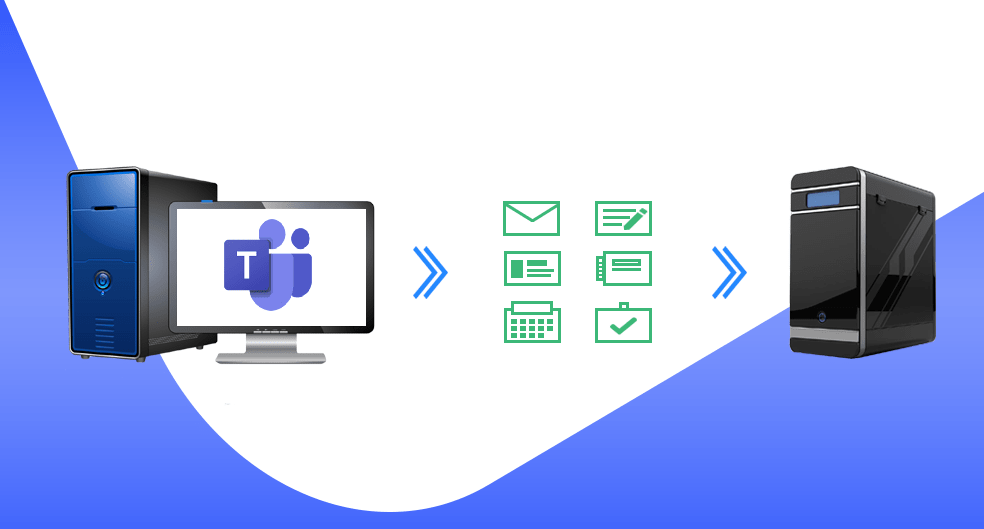

Setting up the automated build server TeamCity setup Back up the database (this is used as a seed and should be updated regularly as some objects are not trackable in CI).Push CI changes to the GitHub repository.Initialize and push your project to that GitHub repository.


Prepare the web.config to be stored safely in source control.
Teamcity restore from backup install#
Install Kentico and set up the basics of your site (master page, homepage, users, licenses, domains, etc.).
Teamcity restore from backup update#
You should also regularly update this database seed backup to synchronize the items that are not trackable in CI. You will also want to take a backup of your local database for later use as this is used as the seed for a new developer or environment. Once you have carefully read that page and have configured your site for CI, you'll want to commit all the new files that were generated to the repository and push them to GitHub. It is also worth pointing out that you should carefully review the current limitations mentioned there. One thing that is easy to miss in the documentation is that we recommend disabling the team development and versioning features ( see the documentation for details) as they can lead to odd behavior when used in conjunction with CI. Once this is done, follow the steps in the documentation to set up Kentico's continuous integration (CI) feature. With both of these in place, you are ready to create a new repository in GitHub and initialize and push your project to that GitHub repository. After this, you'll want to add a gitignore file to the project root based on another previous article of mine: Gitignore for Kentico. Next, you should remove the sensitive data from your web.config by following the guide in my previous article: Storing web.configs in Source Control Safely. In my case, I added a homepage with an editable text web part, configured the license keys and domain aliases for my local and build server environments, and configured a few settings. The first thing you'll want to do is make sure you have at least a basic Kentico site set up. In order to automate our build process, the first step is to prepare our Kentico instance for source control. I am using GitHub as a repository host and TeamCity version 10 for the build server. Most of the information in the article is not specific to the project’s version of Kentico or type, but when they are, I will note it. Prerequisitesįor the purposes of this article, I'm working with a fresh Kentico 9 instance that was installed as a website rather than a web application. In this article, I will give you an overview of how you can set up a Kentico website to build and deploy changes with TeamCity and GitHub automatically.


 0 kommentar(er)
0 kommentar(er)
